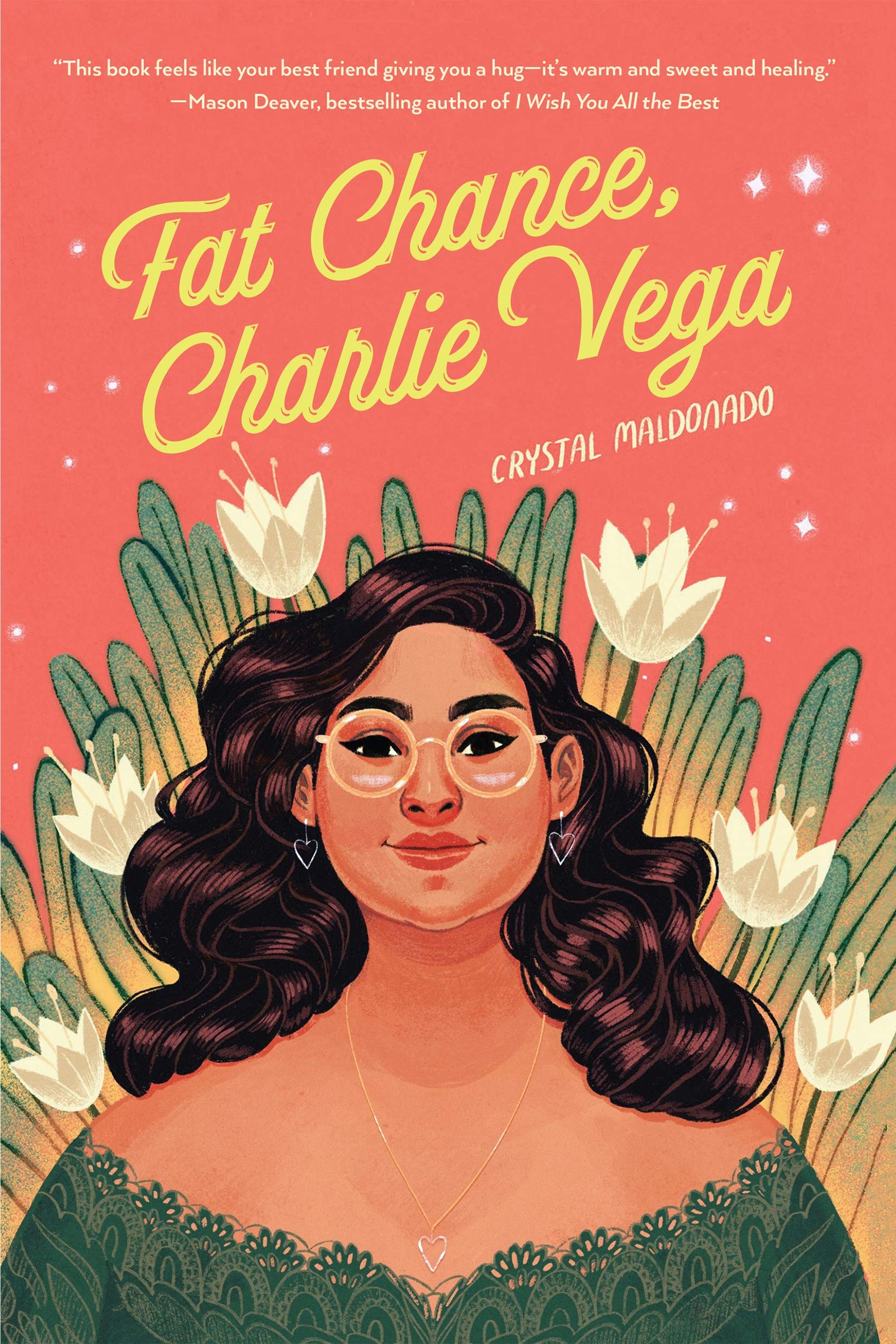Quilting Stories
by Rhonna Hargett, Associate Director of Learning & Information Services
Quilts are often associated with stories: sometimes the story is sewn into the quilt, and sometimes quilts are woven into the story. So it is appropriate that the Manhattan Library Association collaborated with the Konza Prairie Quilt Guild, the Prairie Star Quilt Guild, and other creative library supporters to celebrate our “Tales & Tails” Summer Reading Program with a quilt raffle. Local quilters have used their talents to make a variety of designs, including Dr. Seuss, the Konza Prairie, dinosaurs, Eric Carle, and more. Purchase raffle tickets by the end of July for a chance to win one of these beautiful quilts. The proceeds will benefit literacy programs and projects at the library. While you’re waiting for the raffle, we have some great titles to keep you occupied.
We can’t talk about quilting books without discussing the “Elm Creek Quilts” series by Jennifer Chiaverini. Centered around Sylvia Bergstrom Compson and the quilter’s retreat she created at her family estate, this popular series consists of heartwarming tales of friends and family, with a little light romance thrown in. Many of the books are about the relationships between the quilters, but some of the titles in the series focus on Sylvia’s ancestors and their place in American history, all with a tie-in to quilts and accurate details of quiltmaking. The series starts with “The Quilter’s Apprentice,” in which we learn about Sylvia’s background and the origins of the retreat. With likeable characters and a relaxed pace, the “Elm Creek Quilts” series is among the best in gentle reads.
In “Confessions from the Quilting Circle” by Maisey Yates, the three Ashwood sisters gather after their grandmother’s death to clear out her shop and home. All of them have secrets they are carrying that they feel they must handle on their own. When they decide to work together with their mother on an unfinished quilt left by their grandmother, they find healing and support with one another. Touching and complex, Yates’ novel is a vivid tale of the family bonds among women.
If you’re looking for how-to books, we have a huge collection for you. Beginners might enjoy “Sarah Payne’s Quilt School.” TV personality Sarah Payne breaks down the basics of quilting into quick projects, such as cushions, tote bags, and table runners, to teach the skills needed to tackle a quilt. Packed with good information, but also full of beautiful photographs and easy-to-follow instructions, this is a great book for beginners. For those with a little more experience, we have “Quilt Block Genius” by Sue Voegtlin. This go-to guide contains over 300 pieced quilt blocks for those who want to be creative and try something new. With basic quilting tips, thorough instructions for planning a quilt, and helpful illustrations, this guide will help expand your quilting horizons. We also have quilting tutorials available online through CreativeBug if you prefer video format.
For younger readers, we have “The Quilts of Gee’s Bend” by Susan Goldman Rubin. Gee’s Bend is a community that was originally a plantation in Alabama. When those enslaved there were freed, they stayed as sharecroppers, and eventually were able to buy the land. Through all of the challenges they faced, the women shared a love of quilting that they handed down to their descendants. They turned scraps of work clothes and flour sacks into works of art. In recent years, they have been displayed in art museums and featured in books, shining the spotlight on these talented artists.
We also regularly have quilting books for sale in Rosie’s Corner, if you prefer to take your time with books or refer back to them again and again. You can find out more about the titles I’ve listed, the quilt raffle, or Rosie’s corner at our website, www.MHKlibrary.org.


 Did you hear the one about how dry it is out there? It’s so dry the cows are giving evaporated milk! (Ba-dum, crash!) We are knee-deep in a drought. I don’t spend a lot of time thinking about cattle in times of heat and drought, but I do spend a lot of time thinking about my gardens in these conditions. For me personally, the problem is even more concerning this year as we are trying to start new gardens on a new property.
Did you hear the one about how dry it is out there? It’s so dry the cows are giving evaporated milk! (Ba-dum, crash!) We are knee-deep in a drought. I don’t spend a lot of time thinking about cattle in times of heat and drought, but I do spend a lot of time thinking about my gardens in these conditions. For me personally, the problem is even more concerning this year as we are trying to start new gardens on a new property. The Manhattan Public Library is getting ready to launch its 2021 Summer Reading Program! The program is for all ages and runs from June 1st to July 31st. Participants receive prizes for reaching reading goals and participating in fun activities. You can find more information about the Summer Reading Program, and register, on the library’s website here:
The Manhattan Public Library is getting ready to launch its 2021 Summer Reading Program! The program is for all ages and runs from June 1st to July 31st. Participants receive prizes for reaching reading goals and participating in fun activities. You can find more information about the Summer Reading Program, and register, on the library’s website here:  Over the past few months, my interests have been all over the place. I haven’t made it a week without falling down a rabbit hole. Most of the fun comes from the free fall and getting lost in something new, but it’s also fascinating trying to figure out what led me to the fall, whether it’s a movie, a song on the radio, or some random thought.
Over the past few months, my interests have been all over the place. I haven’t made it a week without falling down a rabbit hole. Most of the fun comes from the free fall and getting lost in something new, but it’s also fascinating trying to figure out what led me to the fall, whether it’s a movie, a song on the radio, or some random thought.